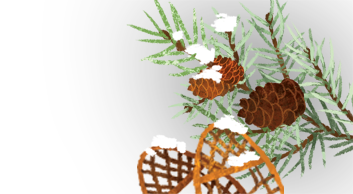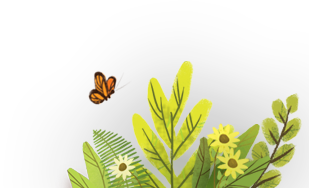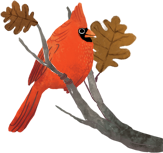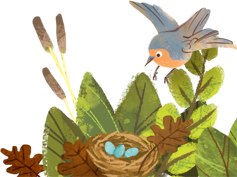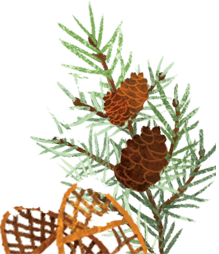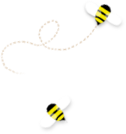
Horus, Our American Kestrel's Story
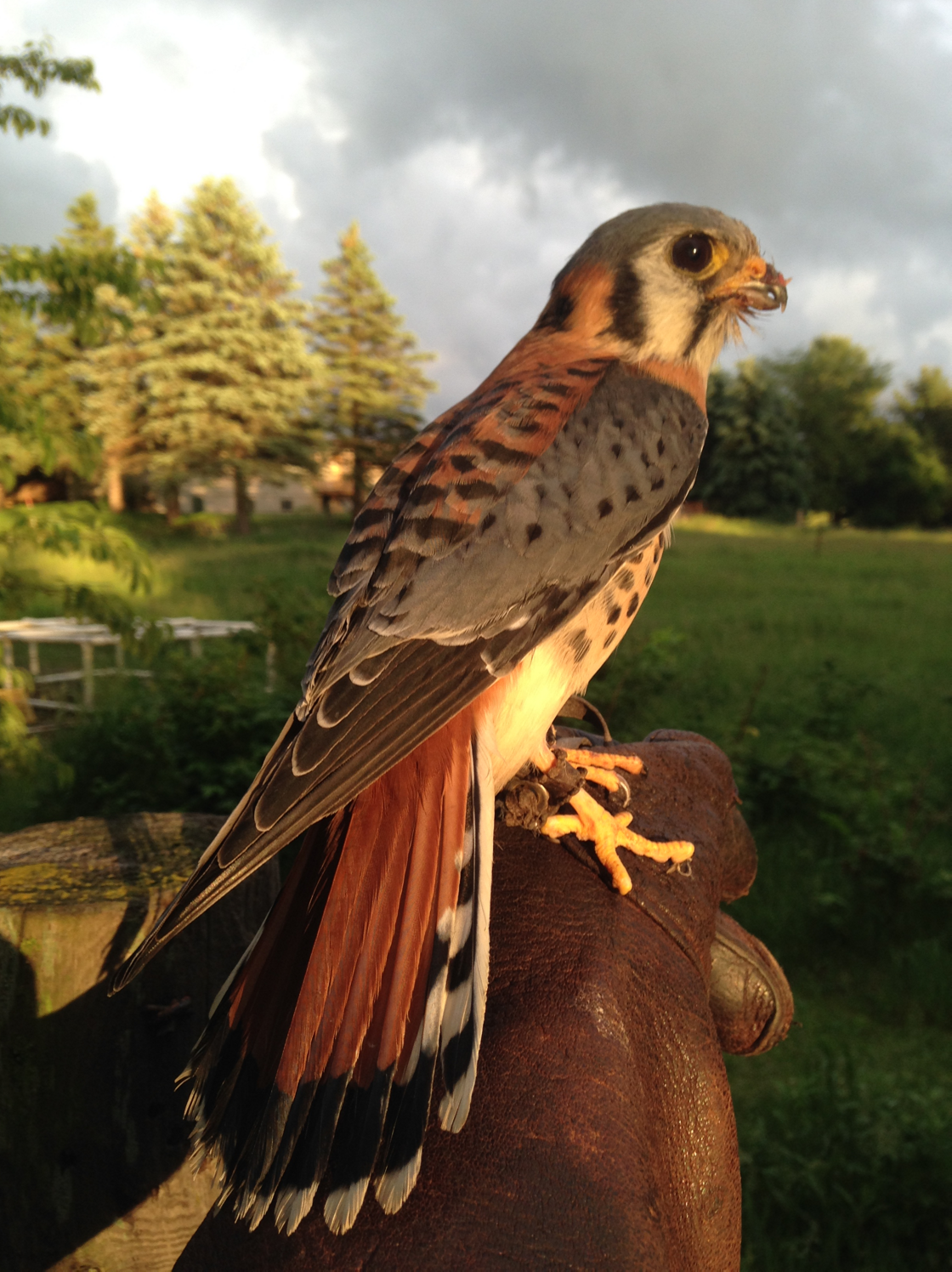
Horus’s Story
Quarry Hill is sad to share the news that Horus, the American Kestrel that had lived at the Nature Center the past 3 years, has died. Horus was trapped by staff member Kirk Payne, who is a licensed falconer, back in September of 2001. At that time, his feathers and markings indicated that he was a hatch year bird, probably about 5 months old. After about a month of training, Kirk went hunting with Horus for the first time. Over the next 15 years, Horus hunted small birds like house sparrows and small mammals like mice, voles and shrews. He also loved hunting insects like grasshoppers and dragonflies during the summer and early fall. Live mealworms were always a favorite treat of his and used as training tidbits. At the age of 15, Horus sustained several serious bites when he was no longer able to handle small mammals that he had caught. As an elderly Kestrel, he had grown weaker and slower. He retired from falconry and became a full time education bird at Quarry Hill Nature Center. At some point during late April or early May this spring, Horus likely celebrated his 19th birthday! This is a very, very old age for his species. (Other facilities with captive Kestrels have reported having had occasional birds live into their 17th year. For many years the oldest known wild Kestrel was 11, until last year when a banded male in his 14th year was recaptured in Utah.) We are sad that Horus is gone, but thankful that he had a chance to catch wild game and connect with so many people over the years… and eat so many mealwormsJ. He will be missed!
A few additional highlights…
- Twice during his years as a falconry bird, Horus flew away and was lost while hunting. In both cases, he was found within a week and willing to return to Kirk when offered a treat.
- Kirk left Quarry Hill for 9 years to teach science classes at John Marshall High School. Horus went to school most days and made a lot of high school friends!
- Unfortunately, the trend for the past couple decades has been a general overall decrease in wild American Kestrel numbers. Predation by other raptors, herbicide and pesticide exposure, loss of habitat and competition for nest cavities with invasive species like starlings are all likely contributing to the decline.
- A recent study discovered that Kestrel size has been decreasing over the past couple decades. One hypothesis is that a decrease in habitat quality and food availability may be related.
- On average an American Kestrel weighs about ¼ of a pound. So, approximately 40 Kestrels would be equal in weight to a 10 pound eagle.
- Most Minnesota Kestrels migrate to southern states like Texas for the winter. Occasional Kestrels seen here in the winter are likely more northern birds, maybe from Canada, that have migrated south to our area.
- Quarry Hill and Zumbro Valley Audubon manage a Kestrel Nestbox trail in Olmsted County. This spring 4 boxes, about 25% of the total, are occupied by wild American Kestrel families!



